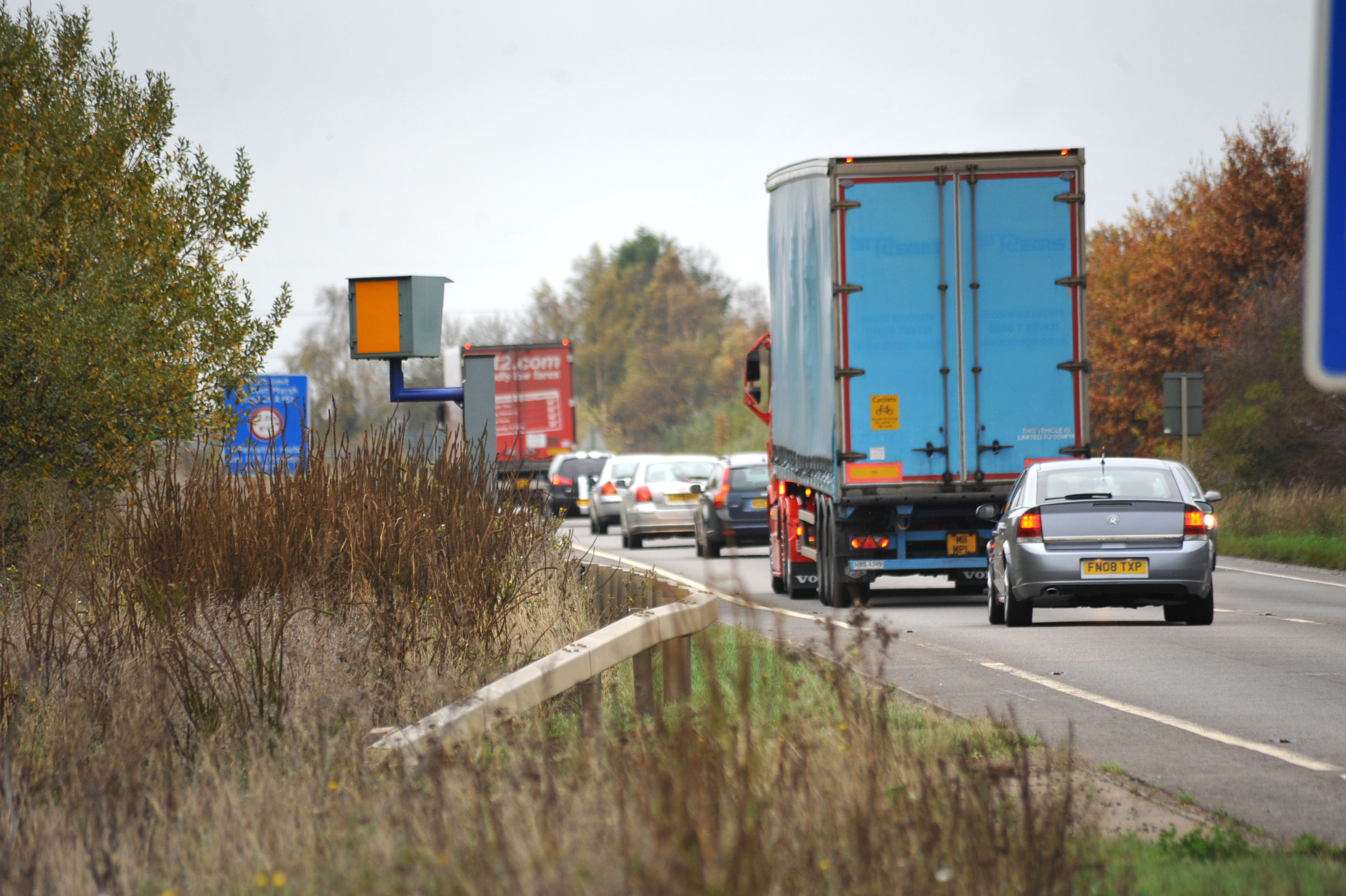Deaths and serious injuries on some of South Holland’s roads continue to grow despite the introduction of safety measures.
Figures show that accident levels on some stretches of road where speed cameras have been introduced remain roughly the same as pre-installation or have even gone up in some cases.
But road safety chiefs have defended their use, saying there have been “significant reductions” in people killed or seriously hurt across the county.
The figures, which have been released following a Freedom of Information request to Lincolnshire Police show that on the northbound A16 Spalding bypass there were three accidents and one in which someone was killed or seriously injured (KSI) in the two years after the speed camera became operational (November 2002), compared to just one accident and one KSI in the two years before.
On the A151 Holbeach Road, Spalding, there were 12 accidents in the two years after the introduction in April 2002, compared to seven in the two years before.
Other figures show:
A1073 Cowbit – no accidents or KSIs before (May 1998), three accidents and one KSI after;
A17 Long Sutton (eastbound) – no accidents or KSIs before (December 2000), three accidents and two KSIs after;
A151 Whaplode (westbound) – eight accidents and one KSI before (December 2000), six accidents and one KSI after.
Only the figures for the camera on the A17 Long Sutton westbound carriageway show a marked reduction – eight accidents and two KSI before (May 1998) and just one accident after.
John Siddle, of Lincolnshire Road Safety Partnership, said: “Looking at the overall figures there has been significant reductions across the county, so in simple terms I believe speed cameras do save lives, reduce the speed, reduce the severity of a collision if it occurs.
“We have always placed cameras where death or serious injury has already happened and the high visibility of those cameras serves to warn drivers of the danger at that site.
“Speed cameras are always introduced as a last resort, where other interventions or engineering were not practical either through physical barriers or lack of finance.
“We are confident that, whilst there are some exceptions, KSIs at camera sites (mobiles included) are down. Across the county the figures shows 53 KSIs before and 40 KSIs after the introduction of speed cameras”.
 The Voice of Spalding and South Holland
The Voice of Spalding and South Holland




